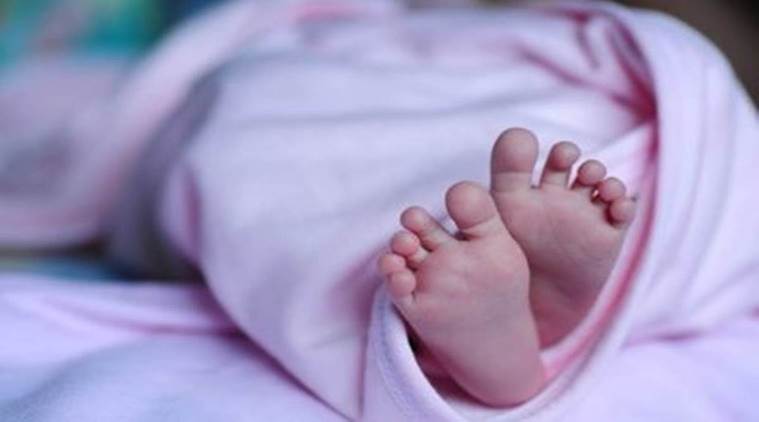 The data shows that against the national infant mortality rate (IMR) of 32, Madhya Pradesh has an IMR of 48 and Nagaland 4. (Representational image)
The data shows that against the national infant mortality rate (IMR) of 32, Madhya Pradesh has an IMR of 48 and Nagaland 4. (Representational image)
Madhya Pradesh has the worst infant mortality rate in the country while Nagaland has the best. Chhattisgarh has the highest death rate, while Delhi has the lowest. Bihar continues to remain at the top of list in birth rate while Andaman and Nicobar is at the bottom. These details were released by the Centre recently in its Sample Registration System (SRS) bulletin based on data collected for 2018.
According to the data released by the Registrar General of India, the national birth rate in 2018 stood at 20, and death and infant mortality rates stood at 6.2 and 32, respectively. The rates are calculated per one thousand of the population.
The data largely reflects past trends as far as the position of states is concerned with marginal improvements at national level on health indices.
The data shows that against the national infant mortality rate (IMR) of 32, Madhya Pradesh has an IMR of 48 and Nagaland 4. Bihar has the highest birth rate at 26.2 and Andaman and Nicobar Islands has a birth rate of 11.2. Chhattisgarh has the highest death rate at 8 and Delhi, an almost entirely urban state, has a rate of 3.3, indicating better healthcare facilities.
Mortality is one of the basic components of population change and the related data is essential for demographic studies and public health administration. The death rate of India has witnessed a significant decline over the last four decades from 14.9 in 1971 to 6.2 in 2018. The decline has been steeper in rural areas. In the last decade, death rate at an all-India level has declined from 7.3 to 6.2. The corresponding decline in rural areas is 7.8 to 6.7 and in urban areas, 5.8 to 5.1.
As far as IMR is concerned, the present figure of 32 is about one-fourth as compared to 1971 (129). In the last 10 years, IMR has witnessed a decline of about 35 per cent in rural areas and about 32 per cent in urban areas. The IMR at an all-India level has declined from 50 to 32 in the last decade.
Birth rate is a crude measure of fertility of a population and a crucial determinant of population growth. India’s birth rate has declined drastically over the last four decades from 36.9 in 1971 to 20.0 in 2018. The rural-urban differential has also narrowed. However, the birth rate has continued to be higher in rural areas compared to urban areas in the last four decades. There has been about an 11 per cent decline in birth rate in the last decade, from 22.5 in 2009 to 20.0 in 2018. The corresponding decline in rural areas is 24.1 to 21.6, and in urban areas, it is 18.3 to 16.7.
The SRS is a demographic survey for providing reliable annual estimates of infant mortality rate, birth rate, death rate and other fertility and mortality indicators at the national and sub-national levels.
Initiated on a pilot basis by the Registrar General of India in a few states in 1964-65, it became fully operational during 1969-70. The field investigation consists of continuous enumeration of births and deaths in selected sample units by resident part-time enumerators, generally anganwadi workers and teachers; and an independent retrospective survey every six months by SRS supervisors. The data obtained by these two independent functionaries are matched.